According to Chairman of Ho Chi Minh City People's Committee Phan Van Mai, the 200 km long Ring Road 4 is being invested in phases, but from the beginning it is necessary to make expressway standards to ensure safety and efficiency.
"We lack money but can cut down on unnecessary projects to prioritize Beltway 4. Don't let budget issues cause substandard highways to be built, leading to problems in operation," Mr. Mai said at a working session with leaders of the Ministry of Transport and related localities in the implementation plan of Beltway 4 in Ho Chi Minh City on the afternoon of February 22.
Planned since 2011, Beltway 4 passes through Ho Chi Minh City, Binh Duong, Dong Nai, Long An and Ba Ria - Vung Tau. The route is currently being studied for a total length of nearly 207 km, of which Long An has the most with more than 78 km, Binh Duong 47.5 km, Dong Nai 45.6 km, Ba Ria - Vung Tau 18.1 km, Ho Chi Minh City 17.3 km. The total estimated investment is 107,000 billion VND.
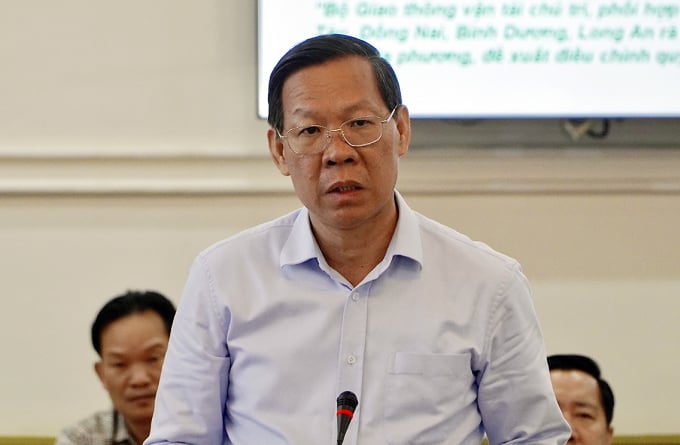
Chairman of Ho Chi Minh City People's Committee Phan Van Mai at the working session on the afternoon of February 22. Photo: Gia Minh
According to Mr. Mai, Ring Road 4 will be cleared once with a complete scale from the beginning and 4 expressway lanes will be built first. However, unlike Ring Road 3, which is implementing phase 1 with only 4 limited lanes (no emergency lanes but with stops), Ring Road 4 needs to fully invest in emergency lanes and related technical requirements. When reaching expressway standards, the operation of the route will be safer and increase investment efficiency, avoiding some projects with only 2-4 limited lanes, even though they have just been completed, they are already considering expansion.
"In addition, the entire Beltway 4 route passing through 5 localities also needs to be synchronized in width because currently many sections are not unified, which may affect future exploitation," said Mr. Mai, adding that the beltway section passing through Ho Chi Minh City and Long An could be studied for elevated construction. Although the cost is higher than going on the ground, the progress can be faster and does not depend much on the scarce sand source. This solution also adapts well to the complex climate change situation in the Mekong Delta.
Previously, Director of the Ho Chi Minh City Department of Transport Tran Quang Lam said that the Prime Minister had assigned localities as competent authorities to implement the section passing through the area under the form of public-private partnership (PPP). During the research process, another option was considered, which was to combine the entire route into a common project. This method is convenient because it will be submitted to the National Assembly at once and the entire route will be implemented synchronously. However, the capital requirement for Ring Road 4 is very large, so it is difficult to attract investors, while many of the works that localities have implemented in the past will have to stop.
Therefore, Mr. Lam said that the transport sector of 5 localities currently agrees to propose implementing the belt route according to the old plan of dividing into sections, corresponding to the localities to speed up the progress. However, to synchronize the component projects, a consulting unit needs to study the entire route in order to unify the scale, financial plan... instead of different units doing research.
"Ring Road 4 is the axis connecting the expressways and radial national highways in the region, so whichever section is put into operation first will immediately be effective," said Mr. Lam, but he believes that in addition to Ho Chi Minh City, which is applying some separate policies according to Resolution 98, other provinces also need some suitable mechanisms to facilitate implementation.
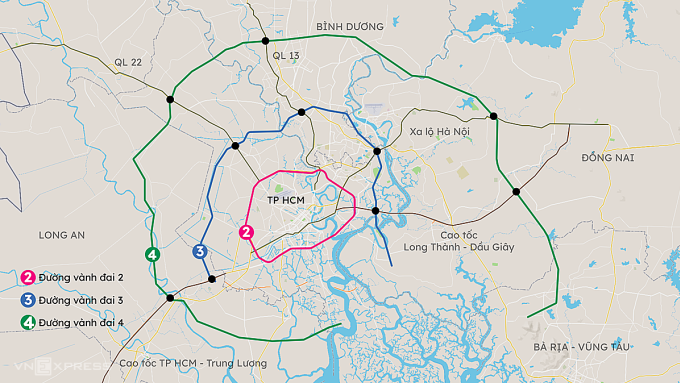
Route of Ring Road 4. Graphics: Khanh Hoang
At the meeting, leaders of some localities that the Beltway 4 passes through also said that the process of researching and completing the dossier encountered some difficulties such as: the scale of phase one was not unified in terms of width, the capital recovery time between different component projects. At the same time, the budget allocated for the projects was very large but difficult to balance, not to mention the problem of which capital source to use when there is a bridge project located between two localities...
According to Ho Chi Minh City Chairman Phan Van Mai, to speed up the implementation progress, the general consulting unit, after being selected, will review and update the studies that the 5 localities have conducted in the past to have a comprehensive dossier. In addition to agreeing on technical issues, the proposed mechanism and budget rate for participating in the projects also need to be agreed upon soon as a basis for completing the comprehensive dossier to be submitted to the National Assembly.
In particular, Long An has difficulty in resources and is the locality that Ring Road 4 passes through the longest, so the proposed plan is for the central budget to support this province 70%; the remaining localities 50%. Due to the urgency of the project, the leaders of Ho Chi Minh City requested other provinces to focus on reviewing and soon agreeing on the implementation plan to submit to the National Assembly for approval of the investment policy for Ring Road 4 at the mid-year session this year and start construction next year.
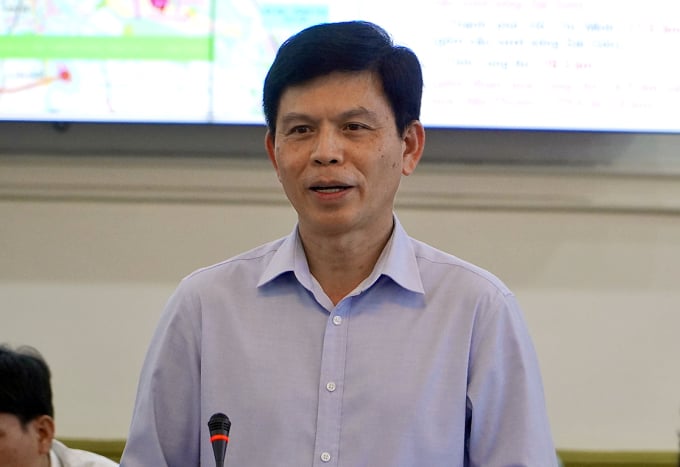
Deputy Minister of Transport Le Anh Tuan at the working session on the afternoon of February 22. Photo: Gia Minh
At the meeting, Deputy Minister of Transport Le Anh Tuan said that Ho Chi Minh City Ring Road 4 is a particularly important regional connectivity project. The Ministry agrees with the opinion of Ho Chi Minh City leaders that Ring Road 4 must meet expressway standards, especially since this is an urban route. After having a general consultant, Mr. Tuan suggested that localities should soon agree on investment methods, technical standards, etc. to report to the Southeast Regional Coordination Council before submitting to the National Assembly.
The Ho Chi Minh City area is planned to be surrounded by three belt routes, helping to reduce inner-city congestion and connect the Southern Key Economic Zone. In addition to Belt Route 4, Belt Route 3 passes through the city and the provinces of Binh Duong, Dong Nai, and Long An, with a length of more than 76 km, and is being implemented with a plan to complete in 2026. Belt Route 2 is located entirely within Ho Chi Minh City, with a length of about 64 km, and some sections are preparing to be invested in a closed system.
Gia Minh
Source link








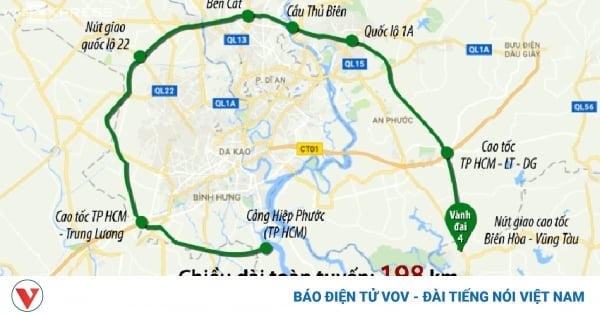

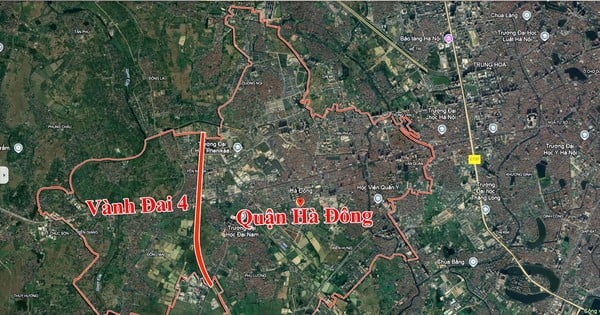

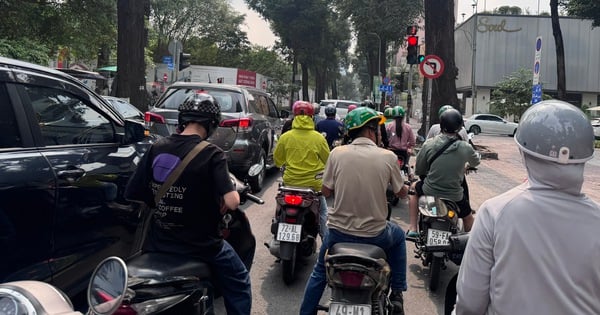

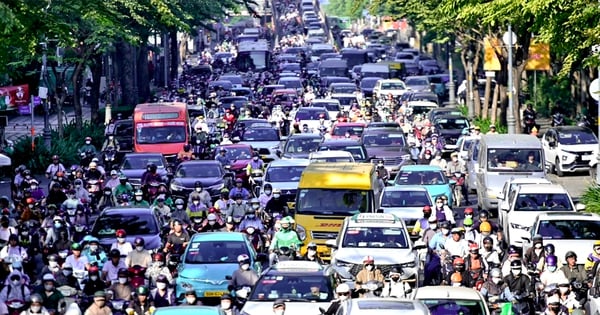
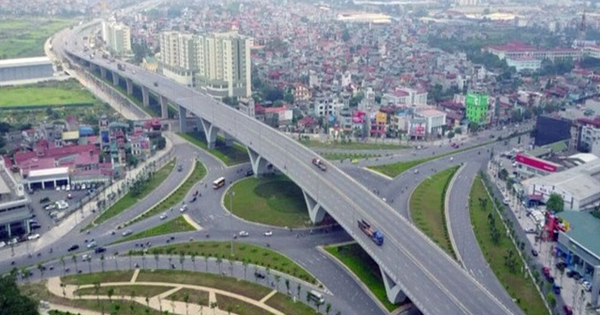
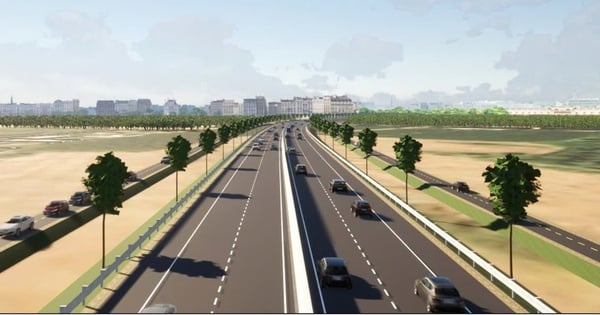



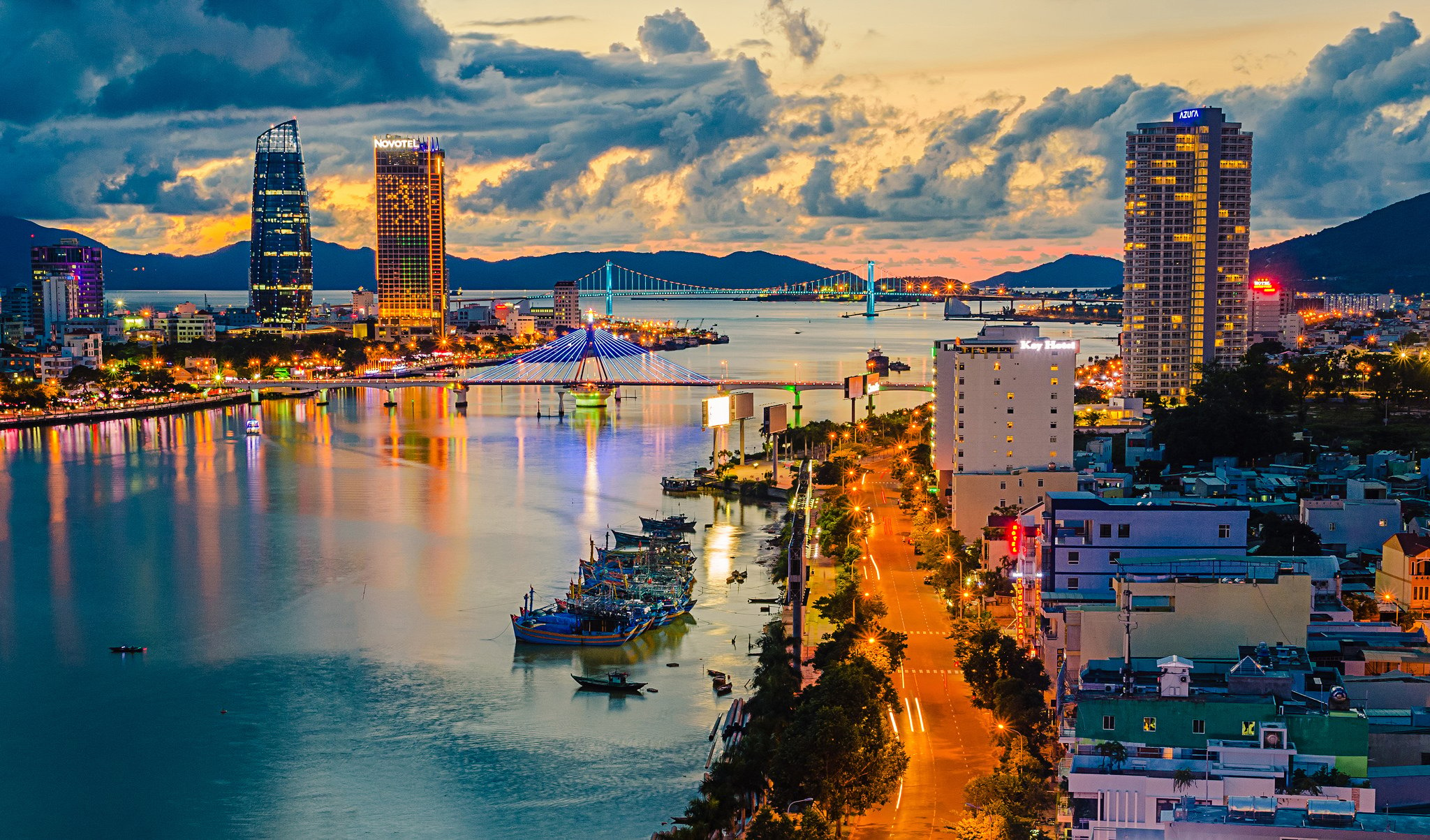



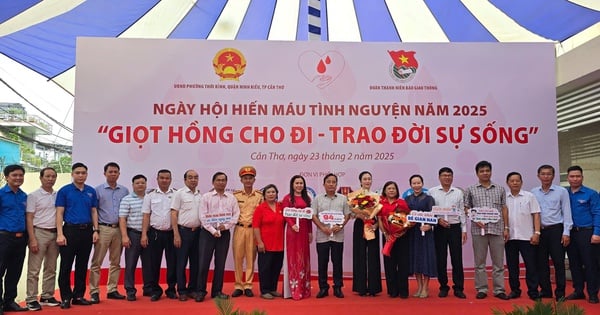



















Comment (0)